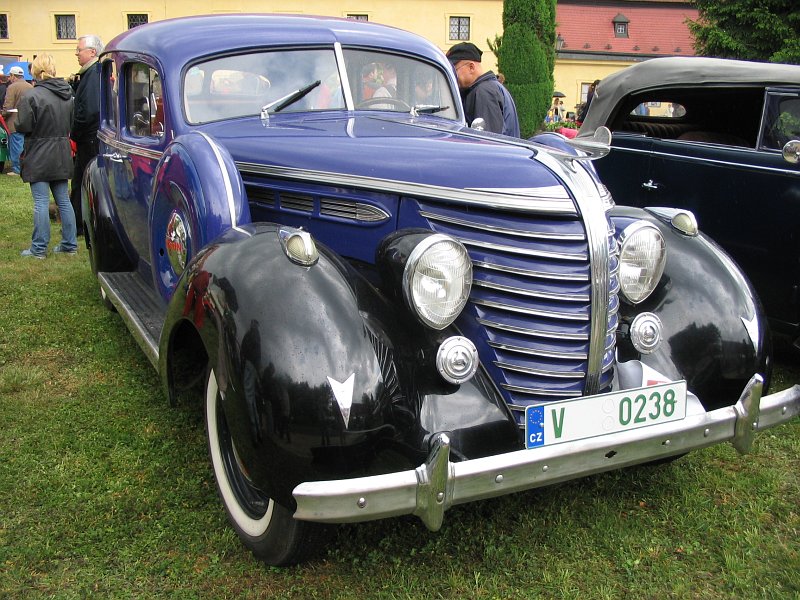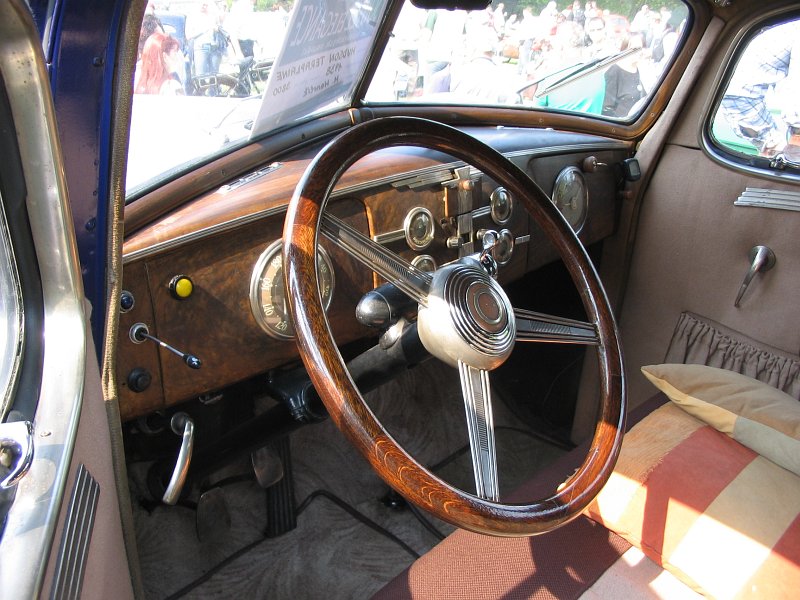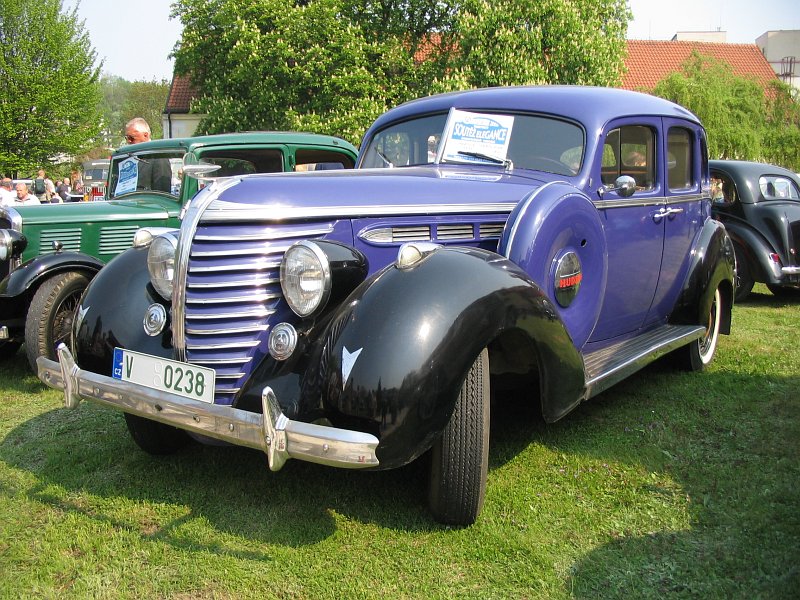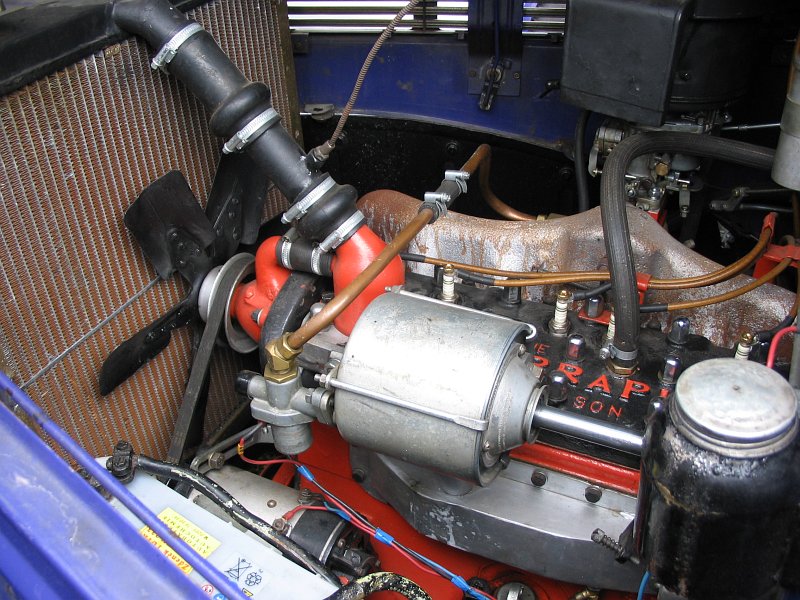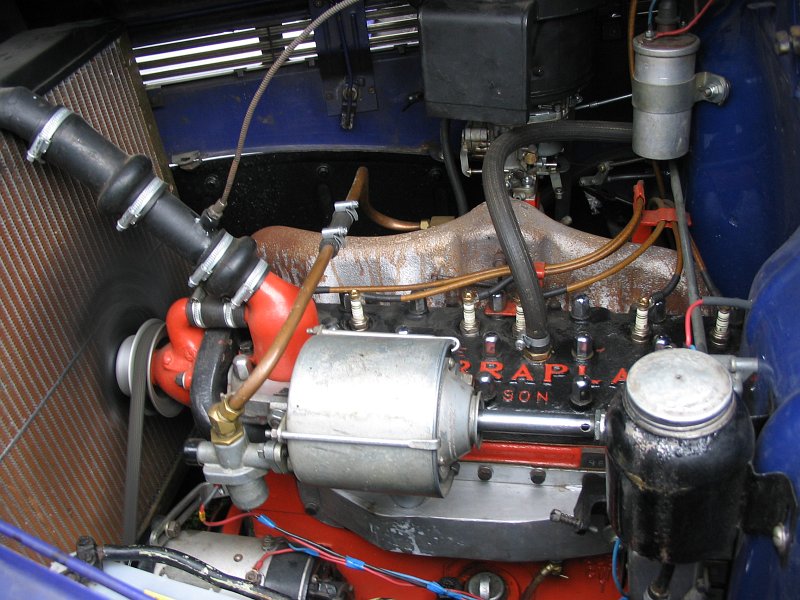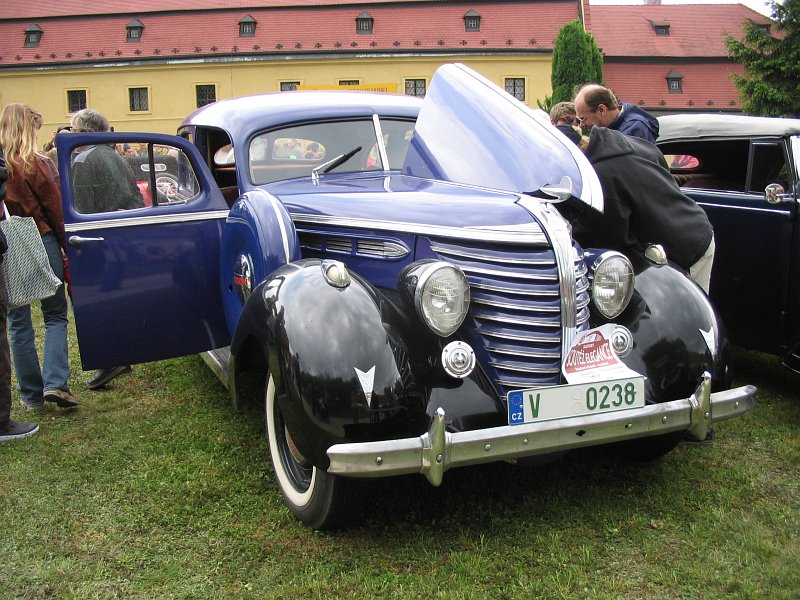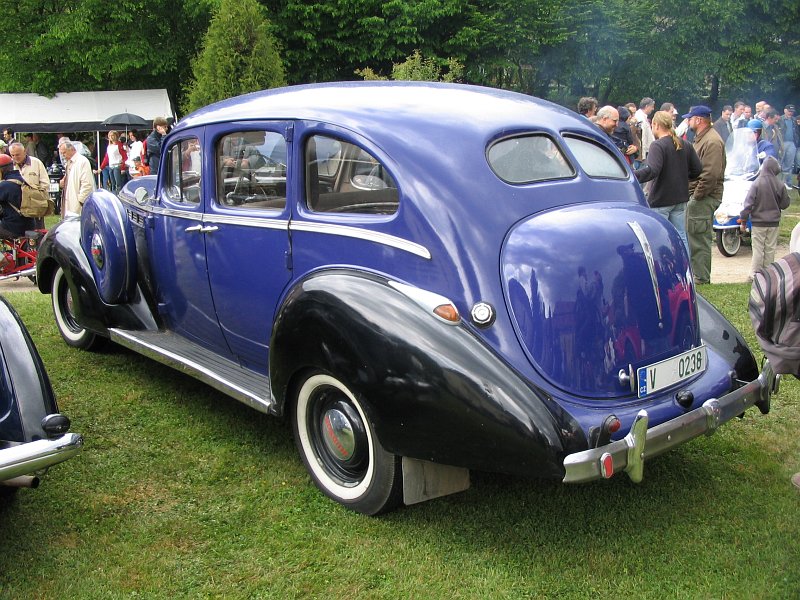Description
The Hudson Terraplane Six was one of the most successful and influential models produced by the Hudson Motor Car Company during the 1930s. It was the car that saved the company during the Great Depression—combining modern engineering, lively performance, and sleek design at a price that ordinary motorists could afford. Compact, powerful, and stylish, the Terraplane Six became a symbol of Hudson’s ingenuity and of a time when automakers had to balance innovation with economic survival.
Introduced in 1932 under the Essex name as the Essex Terraplane Six, the car was rebranded as the Hudson Terraplane by 1934. The “Terraplane” name was chosen to suggest speed and modernity, evoking the era’s fascination with flight and progress. While many manufacturers were struggling to sell their heavy, expensive models, Hudson created something different—a light, fast, and affordable car that offered the refinement and power of a larger automobile without the cost.
At the heart of the Terraplane Six was its dependable straight-six engine, a robust side-valve design displacing 3.5 litres (around 213 cubic inches). In its early versions, the engine produced roughly 70 horsepower—excellent output for a car in its price range and enough to make it one of the fastest small cars on the American market at the time. Later models improved further, with compression increases and refinements that brought smoother delivery and greater efficiency.
The engine’s performance was complemented by Hudson’s attention to chassis design. Built around a strong yet lightweight steel frame, the Terraplane Six offered excellent rigidity and balance. The suspension employed semi-elliptic leaf springs and hydraulic shock absorbers, giving a comfortable ride while maintaining good road-holding characteristics. The steering was light and precise, and mechanical brakes—large and well-engineered—provided reliable stopping power. Weighing less than many contemporary six-cylinder cars, the Terraplane Six handled with agility and felt lively in both town and country driving.
Stylistically, the Terraplane Six reflected the streamlined influences beginning to define early 1930s automotive design. It featured a long bonnet, gracefully arched fenders, and a low roofline that gave it a purposeful stance. The front grille was bold and upright, often finished in chrome, and many models carried distinctive hood ornaments symbolizing flight and motion. Hudson offered the car in a range of body styles including two- and four-door sedans, coupes, roadsters, and convertibles—each well proportioned and finely detailed for its class.
Inside, the Terraplane Six was impressively appointed for an affordable car. Upholstery was available in mohair or leather, depending on trim level, and the dashboard carried a full set of gauges arranged clearly before the driver. Chrome detailing, art deco accents, and thoughtful ergonomics gave the cabin an upmarket feel. Despite its compact size, the car was comfortable and practical, easily accommodating four adults with space for luggage.
One of the Terraplane Six’s greatest strengths was its reputation for performance. With its strong engine and lightweight chassis, it could out-accelerate many larger and more expensive cars. Hudson made sure the public knew it—organizing record runs, hill climbs, and endurance trials to showcase the car’s capability. In 1933, Terraplane Six models dominated Pikes Peak and various reliability events, while police departments across the United States began adopting Terraplanes as pursuit vehicles. The car’s combination of speed, reliability, and affordability made it particularly attractive to law enforcement.
The Terraplane Six also carried a touch of glamour. The very first car was christened by aviator Amelia Earhart, reinforcing the association with flight, speed, and modernity. Hudson’s advertising emphasized this connection, describing the Terraplane as “The Car that Flies on Land,” and it quickly became one of the most recognizable automotive names of the decade.
Over its production life, from 1932 to 1938, the Terraplane Six evolved steadily. Hudson improved the suspension, refined the body styling, and introduced new interior options while maintaining the model’s balance between performance and price. In 1936 and 1937, the car’s design grew more aerodynamic, featuring rounded grilles and streamlined body lines that reflected the art deco style of the era. By 1938, the Terraplane name was phased out as Hudson consolidated its lineup under the main brand, but the engineering lessons learned from it would influence Hudson’s later “Step-Down” cars and its dominance in NASCAR racing decades later.
The Terraplane Six was more than just a car—it was a lifeline for Hudson and a technical milestone for affordable motoring. It showed that lightness, efficiency, and intelligent design could produce a car that was fast, durable, and accessible to the middle class. Its success kept Hudson afloat through the hardest years of the Depression and proved that innovation could thrive even in adversity.
Today, the Hudson Terraplane Six is celebrated as a classic of prewar American engineering. Restored examples are admired for their handsome styling, smooth six-cylinder performance, and historical significance. It stands as a reminder of Hudson’s creative spirit and of a time when automotive progress was measured not only by luxury or size, but by ingenuity and purpose.
